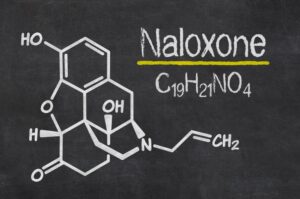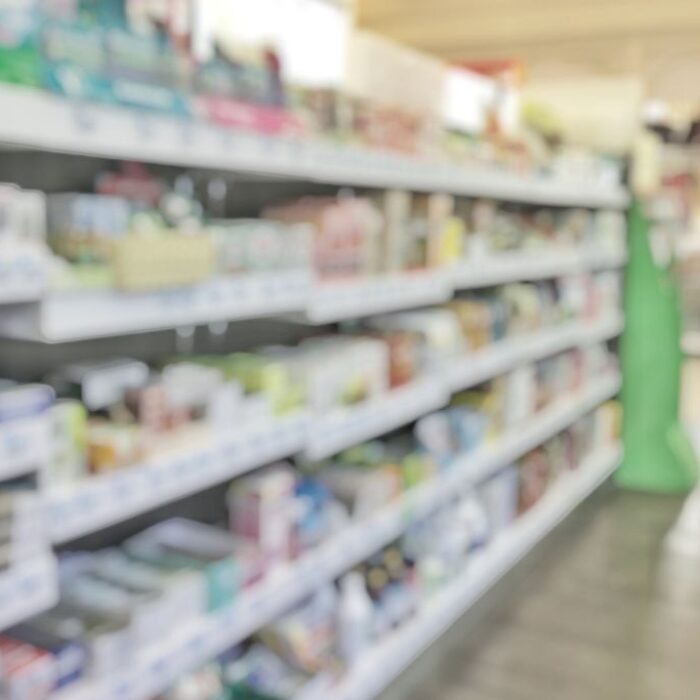There’s new talk among city officials about possibly supplying the streets in Cambridge, Massachusetts, with a drug called Narcan. Narcan is a life-saving drug for those overdosing on opioids. The idea is that the drug would be placed in lockboxes on street corners. An individual witnessing an opioid overdose could call 911 and have the dispatcher direct them to the nearest lockbox. The dispatcher would also provide an access code and instructions on how to administer the drug.
The idea remains in its initial stages, but it is gaining more and more attention due to the high number of overdoses that continue to take place in Cambridge. Reports indicate that five people die every day in Cambridge because of an opioid addiction or overdose. According to the Surgeon General, a person dies of an opioid overdose every 24 minutes in this country.
How does Narcan (Naloxone) work?
Narcan (Naloxone Hydrochloride – Evzio) is an opioid antagonist used to save lives by entirely or partially reversing an opioid overdose. Emergency respondents have widely used Naloxone in the treatment of a heroin overdose. The drug temporarily counters the opiate effects, hopefully allowing a person to breathe again until medical help arrives. Narcan comes in a few different forms, including injection and nasal spray.
Naloxone was first patented in 1961 and approved for the use of preventing an opioid overdose in 1971 by the Food and Drug Administration. They consider it safe and effective for the following reasons:
- Naloxone has little to no side effects.
- It is not addictive and there’s no abuse potential.
- Serious side effects are rare.
- Naloxone can be effective even if a person has taken alcohol or other drugs along with opioids.
- Naloxone takes action within 5 minutes.
- People can receive repeated doses safely.
- It can be given intramuscularly or with a nasal spray.
- The drug typically wears off in 30 minutes.
For these reasons, Cambridge city officials are working to make the drug more available to their residents. Recently, the American Medical Association endorsed the training of laypeople to administer the Naloxone in order to save lives.
Strangers Saving Lives
With a view to test the idea of putting Narcan in street lockboxes, Cambridge police, as well as physicians in the area, conducted an experiment. They placed dummies on the ground to simulate unconscious individuals. Then, they asked strangers passing by if they would be willing to pretend to administer Narcan to the dummy. They were also given a cell phone to pretend to make a 911 call. When on the call, a code was provided to them so that they can access Narcan and begin their experimental administration of the drug. The point of the experiment was to see if strangers would be willing to help save a person’s life.
Dr. Scott Goldberg, director of emergency services at Brigham and Women’s Hospital and the physician overseeing the experiment made the following comment:
We want to see if regular people walking down the street would be willing to help someone who appeared to be overdosing. And if they were willing to help, would they be able to help?
The results of the experiment found that many people were willing and able to help. In fact, many supported the idea of having Narcan readily available when needed.
When To Use Narcan?
Paramedics, communities, and police officers have been using Narcan, or Naloxone, for decades and it has saved thousands of lives. Of course, after saving a life, those individuals can then go on to get further treatment in order to free themselves from addiction and future overdoses.
Paramedics: Paramedics have used this drug to reverse respiratory failure in those individuals who have overdosed on opiates such as pain pills or heroin. In 2014, paramedics saved 829 lives with Naloxone in Maine alone.
Police Officers: In areas around the country, police officers are learning how to use the drug in order to save lives while on duty.
Community-Based Organizations: In 1996, Naloxone became available to the public through a Chicago-based organization who wanted people to use the drug when they or their loved ones were at risk for opioid overdose. The success of this program prompted 28 states to follow their example.
Drug Users: The Centers for Disease Control and Prevention (CDC) conducted a survey in which they found that 83% of the time Naloxone is given by other drug users. This makes sense since other users are more likely to be on the scene with those overdosing than emergency responders.
Narcan May Not Be Able to Save Everyone
One caution about Naloxone is that not all drugs respond to it. Sadly, drug manufacturers are developing more and more strains of opioids, which give users a stronger and longer-lasting high. For example, a new strain of fentanyl has been developed that is resistant to Narcan. In other words, if a person were overdosing on this particular strain, they would not respond to the life-saving dose of Naloxone.
How to Avoid an Overdose
Here are some ideas which can help a person avoid an opioid overdose:
Avoid opioids of all kinds. For those who require prescription painkillers to manage their pain, there may be alternatives to opioids. In some cases, taking opioids is simply unavoidable. In those cases, doctors should discuss risks and benefits with the patient, and take measures to avoid dependence on the drug.
Get help if you are currently abusing opioids. Taking opioids, particularly if it is not under the direction of a doctor, can quickly lead to significant danger. To avoid overdose, reach out for help today. There are many effective and private options available for ending a drug addiction for good.
In most cases, Narcan can save the life of someone overdosing on opioids. Fortunately, officials of states and cities around the country are making the life-saving drug more accessible.
















